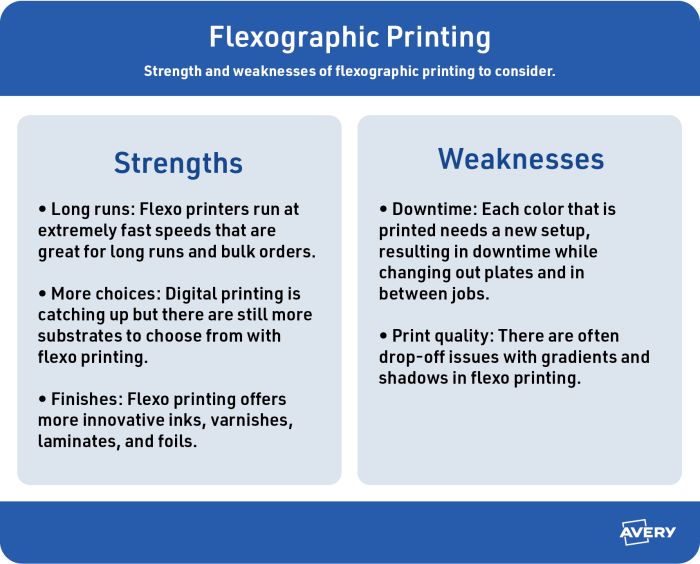What Does Digital Printing Mean?
What Does Digital Printing Do?
Table of ContentsDigital Printing Can Be Fun For AnyoneThe 6-Second Trick For Digital Printing3 Simple Techniques For Digital PrintingNot known Incorrect Statements About Digital Printing The Best Strategy To Use For Digital PrintingThe Digital Printing Diaries
Variable information printing, such as straight mail with customized codes and addresses, is preferably suited for electronic printing. Digital fast printing only requires 4 actions of design, testimonial, printing and binding to get whatever done. Digital fast printing has an exceptional benefit: print on demand.According to PMMI, electronic printing allows brands and makers to react promptly to consumer demands while enhancing the supply chain, lowering warehousing price and waste, and delighting in faster time to market. That all noises great, but how does this modern technology do all that? The major differentiator of these innovations is that there are no set-up charges and no plates with digital printing.
Digital Printing Fundamentals Explained
According to Wikipedia, the best distinction in between electronic printing and conventional techniques such as lithography, flexography, gravure, or letterpress - Digital Printing is that there is no requirement to change printing plates in digital printing, whereas in these analog printing techniques the plates are continuously replaced. This results in quicker turn-around time and reduces cost when using digital printing.
Digital printing is extremely adaptable, so it's simple to make adjustments to the bundle layout swiftly. It all goes back to the plates.
More supply can mean even more waste in the future. With conventional printing approaches, short-run printing is just not feasible. Because a fantastic style can make or break your product, electronic printing consistently develops high-quality, clear and vivid graphics each time. Digital printing on flexible pouches includes the bright, lively, and precise graphics that almost beckon consumers to get to out and touch them.
Digital printing is the procedure of printing digital-based photos directly onto a range of media substratums. There is no demand for a printing plate, unlike with countered printing. Digital files such as PDFs or desktop publishing data can be sent out straight to the digital printing press to print theoretically, photo paper, canvas, fabric, synthetics, cardstock and other substrates.
Top Guidelines Of Digital Printing
According to PMMI, digital printing allows brand names and manufacturers to react promptly to customer demands while improving the supply chain, reducing warehousing price and waste, and delighting in faster time to market. That all sounds fantastic, but just how does this modern technology do all that? The significant differentiator of these modern technologies is that there are no set up fees and no plates with digital printing.
According to Wikipedia, the greatest distinction in between digital printing and traditional approaches such as lithography, flexography, gravure, or letterpress is go now that there is no demand to replace printing plates in digital printing, whereas in these analog printing approaches the plates are continuously replaced. This causes quicker turn-around time and reduces cost when making use of digital printing.

Indicators on Digital Printing You Should Know
More stock can mean even more waste in the future. With traditional printing methods, short-run printing is simply not possible. Due to the fact that a wonderful style can make or damage your product, electronic printing consistently produces top quality, clear and vivid graphics each time. Digital printing on flexible bags adds the brilliant, vivid, and accurate graphics that check this site out almost beckon consumers to reach out and touch them.

According to PMMI, digital printing permits brands and makers to react rapidly to consumer needs while enhancing the supply chain, minimizing warehousing cost and waste, and appreciating faster time to market. That all sounds excellent, yet how does this innovation do all that? The significant differentiator of these technologies is that there are no set-up costs and no plates with electronic printing.
The Of Digital Printing
This results in quicker turnaround time and reduces expense when making use of electronic printing.
Quick production implies obtaining your item to market quicker. It additionally indicates it's less complicated and faster to make changes later, when you transform a dish, include a SKU, or create seasonal packaging. Digital printing is extremely versatile, so it's simple to make modifications to the bundle style rapidly. It all goes back read the full info here to the plates.

Digital Printing Can Be Fun For Anyone
Digital printing is the process of printing digital-based images straight onto a selection of media substratums. There is no demand for a printing plate, unlike with offset printing. Digital data such as PDFs or desktop publishing data can be sent out straight to the electronic printing machine to publish theoretically, photo paper, canvas, fabric, synthetics, cardstock and other substrates.